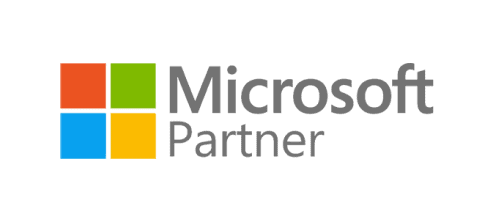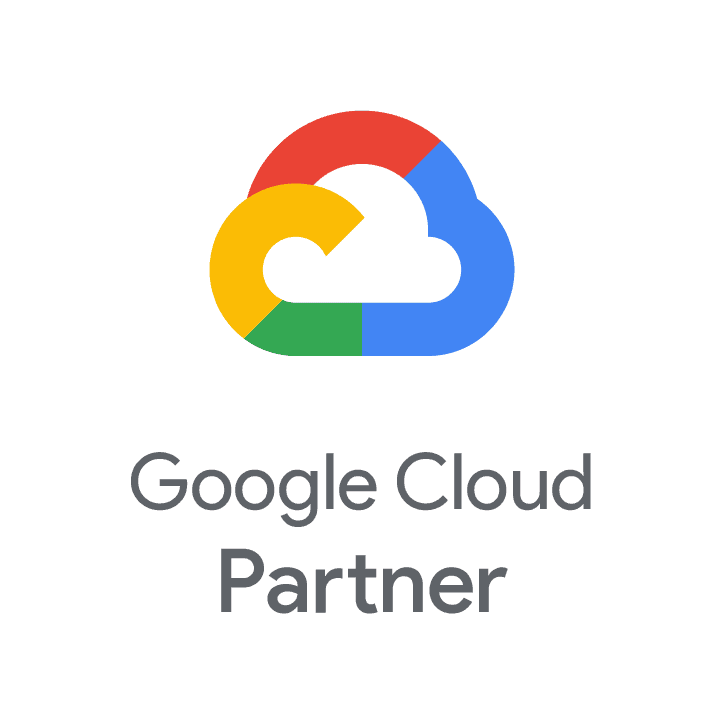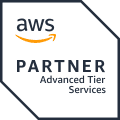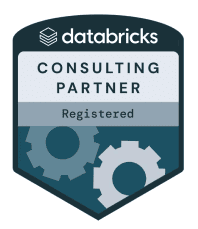Your Go-To Source for Tech, Strategy, and Scale
cloud, Cloud, Experts Voice
cloud, Cloud, Experts Voice, Opinov8 Tips
cloud, Cloud, Experts Voice, Opinov8 Tips
Cloud, DevOps, Experts Voice, Opinov8 Tips
cloud, Cloud, Modernization
cloud, Cloud, Experts Voice, Opinov8 Tips
cloud, Cloud, Experts Voice
cloud, Cloud, Experts Voice, Opinov8 Tips
Cloud, Experts Voice, Opinov8 Tips, product & platform
cloud, Cloud, DevOps, Experts Voice, product & platform
cloud, Cloud, Experts Voice, Opinov8 Tips





